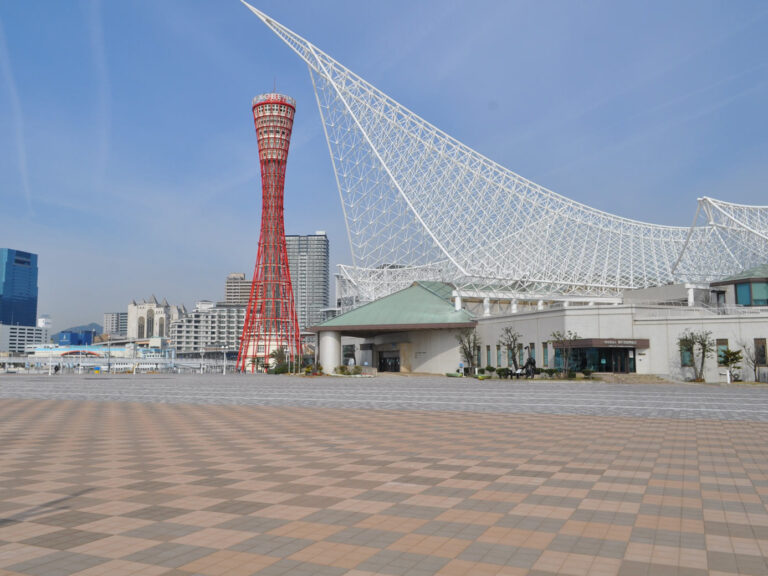
Linhai Park is filled with the scent of the tides that spread over the area near the middle jetty that protrudes into the port of Kobe. Kobe Port's symbol, the Kobe Port Tower, the Kobe Ocean Museum, and the Kobe Meriken Park Oriental Hotel, reminiscent of a luxury passenger ship, are scattered. Kobe Port Earthquake Memorial Park and the "BE KOBE" monument have also been set up. Midway along the sea promenade leading to the "umie" at Kobe Harborland, the departure points for tour boats, including the Kobe sea bass "boh boh KOBE", are also maintained. It is also used as a venue for various events such as fireworks display and sea bon dance, and is familiar to many people. The inquiry is to each facility.
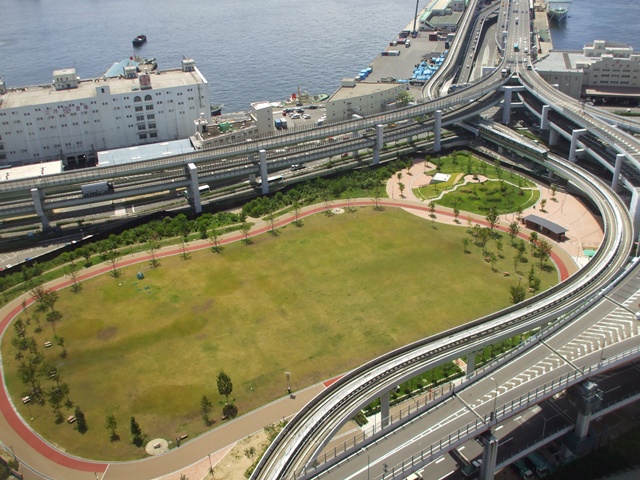
The park was opened on the site of JR Cargo Kobe Port Station as a symbol of reconstruction by Kobe citizens in 2010, the year of the earthquake 15 and the year of the milestone. It is an important place to relax and connect the experience and lessons of the disaster to the future, and also has the role of a disaster prevention park. The planting of trees and the planting of lawns in the garden, which has an area of about 5.6ha, was carried out in cooperation with Kobe citizens, and it will continue to be a "park" in the future. There is a lawn square surrounded by an acorn forest, and a view hill, a retelling square, and a new sports square are maintained.
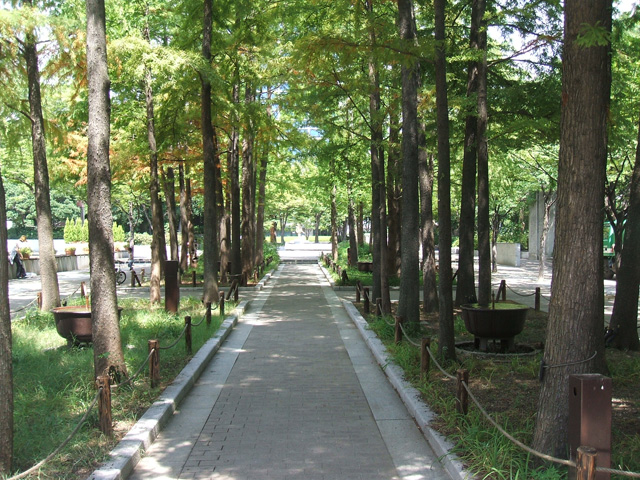
A green park located about a 10-minute walk south on Flower Road from Sannomiya Station. Once there was a ground dedicated to foreigners here, where sports of different countries were held. For this reason, it is said that culture has spread to the Japanese from here, and it is the birthplace of modern sports in Japan. In addition to modern sculptures and fountains, there are restaurants with the motif of "Kobe Regatta and Athletic Club", which was a social venue for foreigners. There are also monuments of remembrance and reconstruction, as well as a light of hope, wishing for the soul and remembrance of those who were victims of the Great Hanshin-Awaji earthquake.
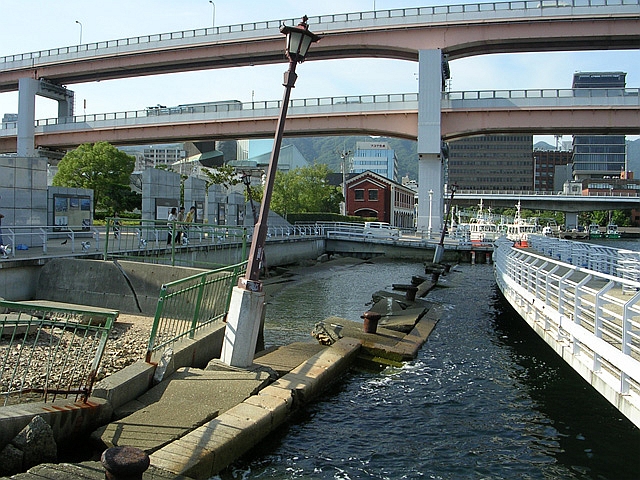
Facing the eastern end of Meriken Park, the Meriken Quayside, the park that conveys the misery of the Great Hanshin-Awaji Earthquake to the present day. It preserves it as it was then, without ever having to touch the quay or the leaning street lights that were devastated by the disaster. In the garden, the process of reconstruction can be known by the panel display.
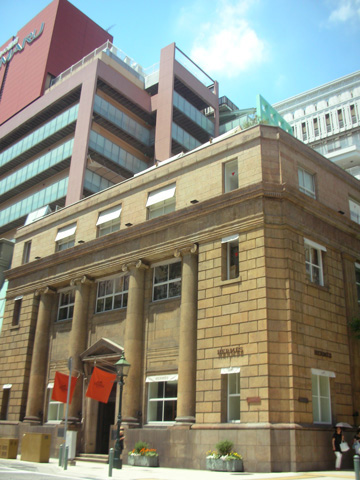
An annex adjacent to the south side of the Daimaru Main Building; a fashionable shop enters the four floors of the building built in 1929 (Showa 4), which is a catalyst for the revitalization of the former settlement.
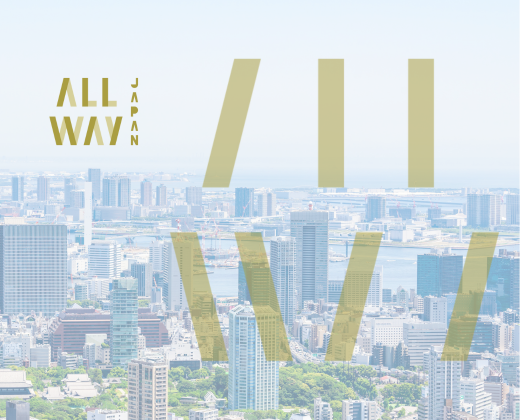
The observation lobby is located on the 24th floor of Kobe City Hall, which is 132m high and 30 stories above the ground. It has two night views in the direction of Port Island and Mount Rokko. It's all over the city, so it's nice to feel free to see it.
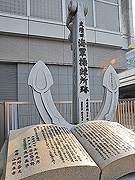
The Kobe Naval Service, where Sakamoto Ryoma once studied, was established in the last year of the Edo period (1864) by the words of Katsukaishu, who was a warship magistrate, at the time of the first year of the Edo period, as the naval officer training agency, the naval shipyard [Kaigun Kosho], which was set up in Kobe by the Tokugawa shogunate. It is said to have been located in the vicinity of present-day Shinkō-cho, south of the former reservation, and the Kobe Naval Training Station, which is in the shape of a large anchor, stands at Kyōbashi-ji Nanpai on Kaigan-dori. Enjoy a tour of the Bakumatsu Historic Site in conjunction with a monument to the Marine Gunei in the Subiyama Park and the Kobe Incident Site at the Sannomiya Shrine.
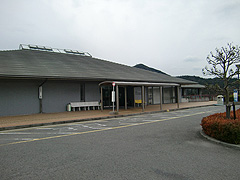
In addition to the main bathtub, the dry mist sauna is also available in the public bathhouse and Yuyu-Uu Zone, which is located in a facility with the theme of health, welfare and environment. There is also a heated pool and a training room, which is open from 10 o'clock.
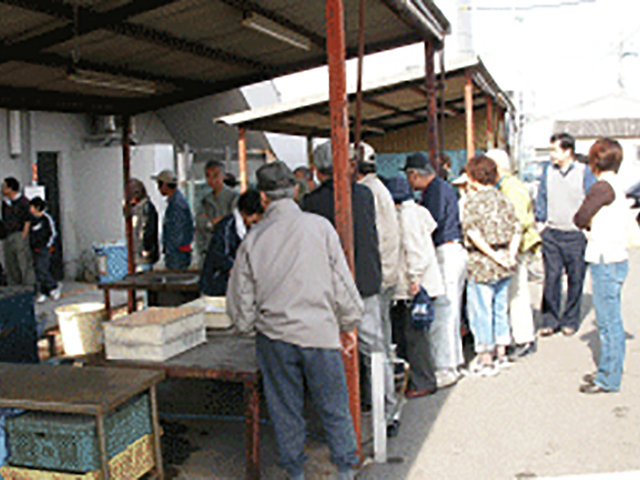
Selling fresh fish and shellfish that are washed up in the Sinkaichi fishing port and are quickly dropped off. Since the Sinkaichi fishing port is located in the south of Osaka, you can sometimes meet rare fish that are hard to see.
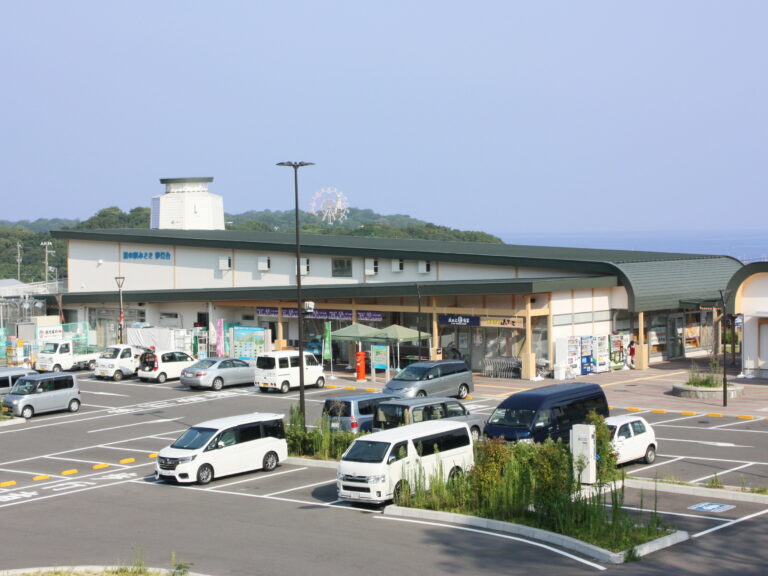
A produce direct sales shop inside the "Roadside Station Misakimu Lighthouse" in Awagura, Cape Town, Osaka Prefecture. There are specialty products from nearby prefectures such as Wakayama Prefecture and Nara, including delicious rice in Osaka. The "Fish Directing Corner", which is lined with fresh fish and shellfish directly from fishermen, is also popular.











